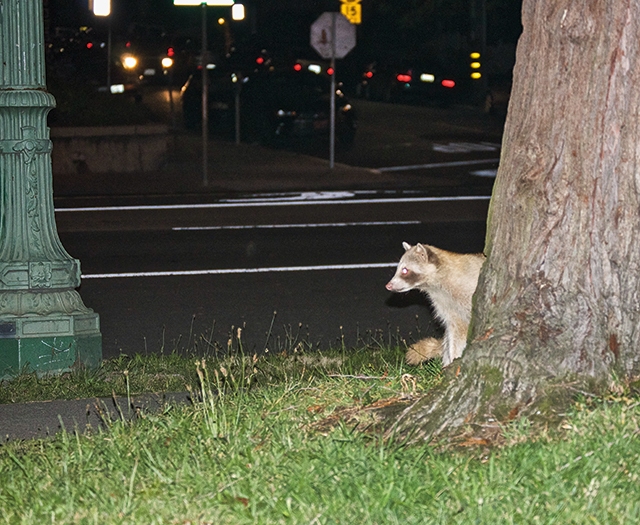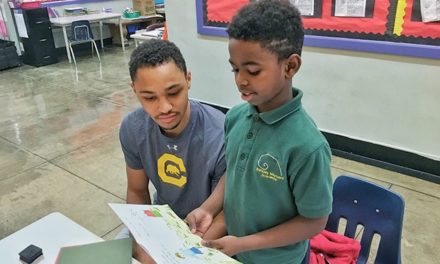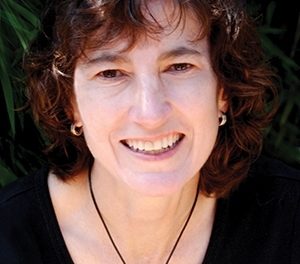People mourned the death of the last albino raccoon at Lake Merritt in March.
When the death of the last living specimen was reported, its passing became a cause celebre on social media.
In March, social media users mourned the death of an albino raccoon found near Lake Merritt. An image of a lifeless pale raccoon in the gutter, surrounded by flowers and an orange, was posted to Twitter by Pawel Dlugosz with the caption, “@Oakland mourns {may your heaven be full of trash}.”
As the post was forwarded and mentioned on other platforms, other people commented and shared their own heartfelt messages. “RIP (I call the big one bitey),” Panthro5000 wrote on Reddit. “This is so sad 🙁 I saw one once on my porch; it’s tail was orange- and blonde-striped, which was so unique,” added raqquel. “One of the only decent living things in Oakland was killed,” Joe Sanders wrote on Facebook. “Typical. GodBless the raccoon.”
Soon, a news story on SFGate commemorated the animal’s passing, unearthing a 2018 photograph of a light-colored raccoon near Lake Merritt and raising the possibility that the albino animal might have been the last of its species. After the Associated Press rewrote that story, it appeared on KTVU, in Santa Rosa’s Press Democrat, and on television stations as far away as Los Angeles and Atlanta.
The animal was portrayed in reader comments as a symbol of all that makes Oakland unique — becoming a blank slate onto which readers projected their disparate views of The Town. Some SFGate readers accused the Lake Merritt homeless population of poisoning the raccoons, though it did not appear that anyone performed an autopsy. “Homeless spreading poison around the lake bc these and other pests raid their incampments and tents,” DickRiculous wrote. “Even the raccoons are getting priced out of this city,” quipped mxndrwgrdnr on Reddit.
Scid Howard III said he felt horrible when he saw on social media that the raccoon had died. Calling himself the snake man of East Oakland because he has encountered just about every East Bay animal species, Howard believes he may have been the first person to encounter Lake Merritt’s albinos, back in 2016. Since then, he’s seen them multiple times, “Albino raccoons are very rare and Oakland has two of them, so I thought that was amazing.” He describes his subsequent encounters with the critters as, “Something big … It could be spiritual.”
Meanwhile, Reddit user Luciano Marcolongo ascribed racial intent to the light-furred creatures. The former resident of Perkins Street said that one night he and a group of his friends were at Lake Merritt celebrating Marcolongo’s girlfriend’s birthday when their party was crashed by a raccoon chase. “All of a sudden, one non-white raccoon just scurried through the crowd like we weren’t even there followed by three or four of these white raccoons chasing it.” Marcolongo said in an interview. “They were very intent on doing harm to this normal raccoon.” The white raccoons finally got the black raccoon pinned up against Marcolongo’s car and tore into it. “I took it upon myself to throw a full beer at one of them, and I hit it as two or three of the raccoons were on top of the normal raccoon,” he recalled, admitting that he was a bit drunk. The raccoon being attacked tried to escape with one torn ear hanging onto his head, he said, but the white raccoons were soon after him. “I feel like I’m filing a police report right now for a raccoon hate crime.”
I myself first encountered these raccoons back in 2016, while embarking on an evening stroll with my then-boyfriend. He, a native Oaklander, pointed out a white creature slithering through the woods by the lake, identifying it as one of Oakland’s legendarily vicious albino raccoons. He believed that they were more dangerous than normal raccoons and were to be avoided. Because they have hissed at me, I too believed for some time that their ghostly fur might have been tied to some gene that made them extra vicious.
But, of course, that is not true. Nor is the story that Oakland’s last albino raccoon has been killed, with the species never to be heard from again. Henceforth, all myths about the last albino raccoon will be debunked.
Recently, as one does, I embarked on a late-night quest to find out whether the raccoons were still around, and was able to find one and photograph it. And there are probably more than one still alive. Oakland magazine Production Manager Andreas Jones has seen the raccoons frequently and confirms that he and a friend from Oakland saw a foursome of the critters, also known as a gaze, in November 2017. More recently, they have seen groups of two or three on other occasions. “They kind of glow like ghosts,” Jones said.
Nor are the raccoons albino. They are leucistic.
Albinism is a genetic disorder in which the body fails to produce melanin, resulting in white coloring and oftentimes also red eyes. Leucism means that the animal is still producing its color pigments, but just in a lower amount than it normally would. The eyes do not change color, and normal skin, hair, fur, and feather patterns can still be seen. Leucism is basically just another word for blond. For whatever reason, God has graced certain members of Oakland’s raccoons with a recessive gene resulting in that coveted blonde hair we wish we could pull off. Don’t mourn them, they are still out there to be appreciated!

York University Professor of Biology and Psychology Suzanne MacDonald has been conducting research with raccoons for the last 10 years. Leucism, she explains, is not a disease but a descriptor, although she notes that it is rare. “It’s a genetic thing,” she said. “That some animals are carrying it, very few, and when they happen to get together, then that’s the result is wild looking babies.”
Species coloring usually either helps an animal to camouflage within its habitat or attract a mate. This puts leucistic and albino animals at a general disadvantage. In Oakland though, raccoons don’t really have any natural predators — except whoever killed the raccoon in question — so blending in does not matter much.
During her 20-yearlong career rehabbing animals, DeDee Mims met a leucistic raccoon that she named Allie. The raccoon and her sibling were soft released onto Mims’ property when they were a few months old, and lived nearby for many years. Allie went on to have her own family, with several lighter-colored children. “Rehabbers think these leucistic animals can’t survive in the wild … but they are capable of surviving,” she said. “I may have been backup feeding her, but I wasn’t protecting her from predators. She survived on her own. So they’re capable of surviving and leading normal lives and producing offspring.”
Walking around the northern woods of Lake Merritt at night, you might see a wealth of natural wildlife from geese to stray cats, but rubbing up to trash cans is your best shot of glimpsing raccoons. You may shine your flashlight into a rustling trash bin only to be disappointed by a large rat, but if you are lucky you will find a luminous pair of black eyes shining up at you above a puffy ringed tail and snarling countenance. Only the truly fortuitous will see a pair of white paws emerge. It is easy to see how one might call it a religious experience.
The raccoons seem to have a magical time waddling around in Children’s Fairyland at night when no one else is there. Fairyland Director CJ Hirschfield is familiar with her striped guests, which she describes as “pretty amazing-looking.” She says that she’s seen them around for many years, occasionally going through Fairyland’s trash. Though she admits she is not much of a raccoon fan — “blond or otherwise” — she says Fairyland is somewhat of a blond raccoon refuge. “We are technically a certified wildlife refuge, Fairyland, so this is part of what that’s about.”
Hirschfield recalls one incident at Oakland’s annual Autumn Lights Festival in the Lake Merritt Gardens when she was busy introducing the mayor. Suddenly the blond raccoons put on what she describes as an “aqua-show” in the fountain, splashing about loudly, never inclined to be deterred by a human agenda. “That was their time of the evening to bathe and to frolic,” she said.
With their free passes to Fairyland, and their disregard for what other people might want, the blond raccoons are Oakland’s version of those ultra-rich people who rent out Disneyland for the whole day. But this club is too exclusive for humans; most of us cannot worm our way under the fence no matter how hard we try. But at least we know that they have the kingdom they deserve to go along with their fabulous blond selves.
















